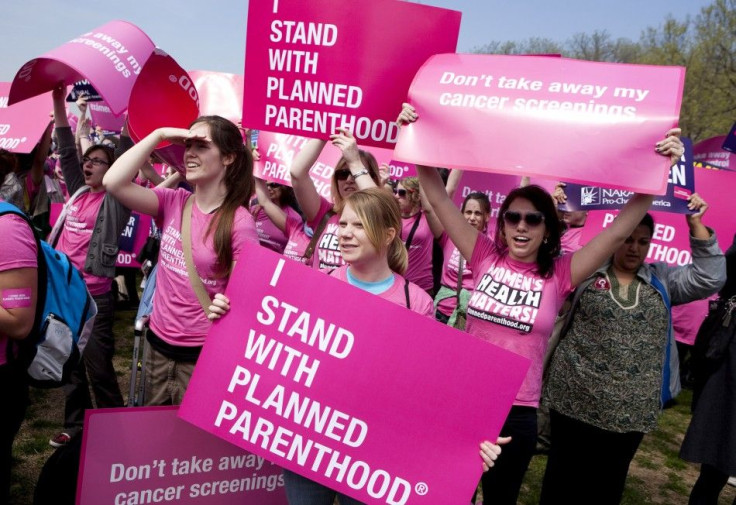America's Fertility Divide: Why Family Planning, Education Are Keys to Stop Growing Social Inequity
ANALYSIS

America's economic, political and social divide is often discussed as matter of course in by the media and used as fodder for the upcoming presidential election next year. However, what many pundits and politicians alike have left out is how these issues are combining to create an issue that is at least partially born from the inactivity resulting from the political discussion -- or rather, argument -- itself: a fertility divide.
Although the U.S. birth rate is high enough to prevent fears of a national fertility crisis -- unlike some European nations, where the birth rate has dropped below 1.5 per woman in some cases -- it is vastly unequal among the rich and poor.
The rates of unintended pregnancies among poor and low-income women was five times higher than that of higher-income women in 2006, while their unintended birth rate was nearly six times as high, according to an August report from the Guttmacher Institute. Meanwhile, the unintended pregnancy rate among high-income white women was as low as 17 per 1,000, one-third the national rate of 52 per 1,000, suggesting that women who have better access to reproductive health services and educational opportunities are more likely to avoid unwanted pregnancies.
Meanwhile, another study from the Center for Work-Life Policy confirmed the Guttmacher report, noting that the rate of childlessness among corporate professional women is higher that some of the childlessness rates in some of those very European countries that may be headed for a fertility crisis.
Keys to Preventing Unplanned Pregnancies: Education, Birth Control
These statistics seem to clearly indicate what many sexual health advocates have been arguing for decades: sexual education services and easy access to birth control are key to preventing unplanned pregnancies. However, while women who have more access to these services have been proven to depend less on government assistance programs -- the same that many staunch Republicans would like to either cut or see completely removed -- that same party has fought against funding programs that do just that.
Although the GOP base tends to be emphatically pro-life, earlier this year it fought to strip federal funding of Planned Parenthood, which often provides free or substantially reduced-cost birth control services for low-income and uninsured individuals. More than 90 percent of Planned Parenthood's services, much of which is catered to low-income women as well as those in rural areas, are preventative. The organization reports that its Title X Family Planning Program, which is dedicated to providing contraceptive and related health services to poor women, prevents nearly one million unintended pregnancies each year, almost half of which would otherwise end in abortion.
Moreover, many of these same lawmakers oppose sexual education services in middle and high schools, instead advocating an abstinence-only curriculum that has proven time and time again to be ineffective at preventing unwanted pregnancies.
On Wednesday, the Pew Hispanic reported that poverty among Latino children skyrocketed as a result of the 2007-2009 Great Recession and high birth rates among Hispanic immigrants. According to the 2010 U.S. Census, although Hispanics only make up 16.3 percent of the total U.S. population, 23 percent of the nation's children are of Hispanic descent. Household wealth among Hispanic households declined more sharply than either black or white households between 2005 and 2009, according to the report, with 32 percent of Hispanic households with children faced food insecurity in 2008 as a result.
Finally, Couples who plan their pregnancies are considerably more likely to be both financially and emotionally prepared for actually caring for a child. Providing poor women with the health, educational and family planning services that are taken for granted among much of the middle and higher-income population, is the only way to curb unplanned pregnancies, reduce abortion rates and address a growing social inequity that is only likely to divide the U.S. even more.
© Copyright IBTimes 2024. All rights reserved.





















